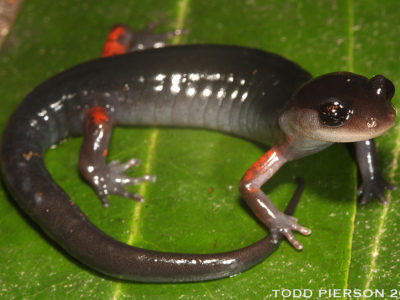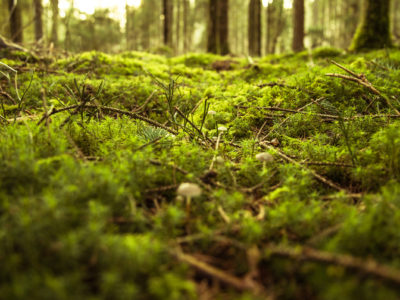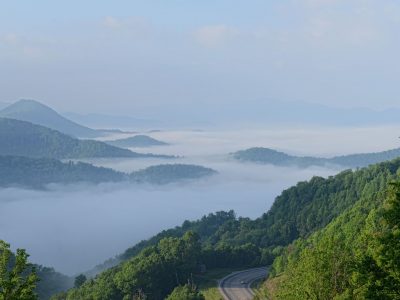LTER Road Trip: Coweeta Listening Project
I flip open my copy of The Franklin Press while sipping coffee at a field station, and there, in a bi-monthly column, is an article by Coweeta Hydrologic Lab staff, answering the scientific questions of local citizens. The column is just one part of the Coweeta Listening Project (CLP), an initiative of the Coweeta LTER.














